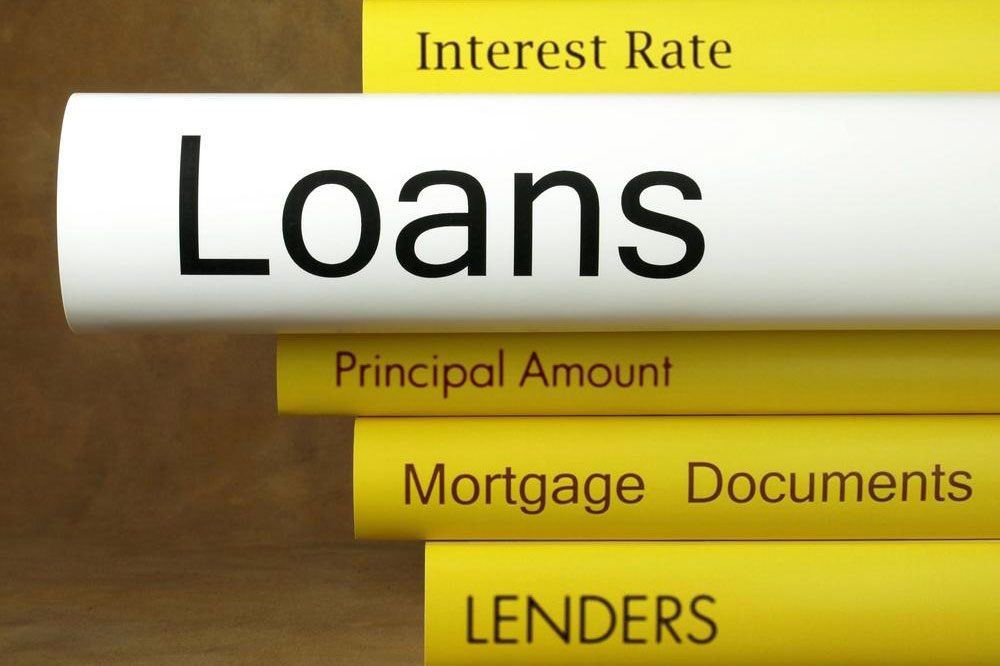Comprehensive Guide to Funding Options for Purchasing a Used Car
Discover comprehensive strategies to secure funding for your used car purchase. From personal loans and auto financing to leasing, trade-ins, and credit card options, this guide provides detailed insights to help you make informed financial decisions. Learn how to navigate various funding sources and choose the best plan tailored to your financial situation, ensuring a smooth and affordable used car buying experience.

Comprehensive Guide to Funding Options for Purchasing a Used Car
Choosing a used vehicle can be a smart financial decision, providing substantial savings while still offering reliable features and performance comparable to new models. The lower acquisition cost of used cars makes them an attractive option for many consumers, whether they are first-time buyers or experienced car owners looking to upgrade. However, despite the affordability of used cars, the purchase still involves significant expenses, including the vehicle price, registration fees, taxes, insurance, and sometimes customization or repair costs. Therefore, careful financial planning and understanding of available funding options are essential for making a sound purchase.
Luckily, various financing solutions exist to help consumers manage the costs associated with buying a used car. Each option has unique advantages and considerations, depending on your financial situation, credit history, and personal preferences. This comprehensive guide explores the main funding strategies, including personal loans, auto loans, leasing, trade-in deals, credit card financing, and more. By understanding these options, prospective buyers can choose the most suitable route to secure their dream vehicle with confidence and financial stability.
1. Personal Loans for Used Cars
One of the most flexible and straightforward methods to fund a used car purchase is through a personal loan. These unsecured loans do not require collateral and are offered by a wide range of financial institutions, including banks, credit unions, and online lenders. Personal loans typically come with fixed interest rates, which means your monthly payments remain constant over the repayment period, providing predictability in your finances.
Qualifying for a personal loan usually depends on factors such as credit score, income level, and employment status. Even individuals with less stable employment histories or those with moderate credit scores might still be eligible. The application process is relatively simple: you fill out an application form, submit necessary documents such as proof of income and identification, and receive approval within a few days to a week. The approved amount can cover the entire cost of the used vehicle, along with additional expenses like registration fees, taxes, and minor accessories or repairs.
2. Car-Specific Auto Loans
Auto loans are tailored specifically for vehicle purchases and are often offered by banks, credit unions, or directly through car dealerships. These loans tend to have more favorable terms compared to personal loans, often with lower interest rates and flexible repayment periods, typically ranging from 12 to 84 months. Many financial institutions offer auto loans for used cars with loan amounts from €3,000 up to €75,000, depending on the vehicle’s age, mileage, and value.
Eligibility for auto loans usually depends on your creditworthiness, income level, and the vehicle's worth. Demonstrating a stable income and a good credit score can help secure lower interest rates. The approval process involves submitting an application form, providing documents such as proof of income, vehicle information, and identification. Once approved, the lender disburses the funds directly to the seller or dealership. One advantage of auto loans is the potential for lower interest rates compared to unsecured personal loans, making them a popular choice among used car buyers.
3. Leasing and Long-Term Rental Options
Leasing offers an alternative to outright purchase, allowing consumers to drive a used car with lower initial costs and manageable monthly payments. Lease agreements typically involve monthly payments that cover the vehicle’s depreciation during the lease term, which can range from 24 to 48 months. Many leasing companies include maintenance, insurance, repairs, and taxes in their monthly payments, making this option attractive for individuals who want predictable expenses and less responsibility for repairs.
Leasing might be particularly suitable for those who prefer driving newer used cars without the long-term commitment of ownership. At the end of the lease, you generally have the option to purchase the vehicle at a predetermined residual value, return it and lease a new car, or simply walk away. Leasing offers the advantage of driving a relatively new, reliable vehicle with lower upfront costs, though it often comes with mileage restrictions and potential wear-and-tear charges.
4. Lease-to-Own Arrangements
Lease-to-own agreements combine elements of leasing and ownership, providing a gradual pathway to owning a used car. Under this arrangement, buyers make initial deposits and commit to monthly payments over a specified period, typically 1 to 3 years. These installments contribute toward eventual ownership of the vehicle, with the option to purchase the car at the end of the lease term at a predetermined price.
This method is beneficial for those who want to spread out the cost of a used vehicle over time and build equity gradually. It often requires lower initial payments compared to a full purchase and provides flexibility to buy the car later or return it if circumstances change. Lease-to-own options are available through specialized dealerships or leasing companies focusing on flexible financing plans.
5. Vehicle Trade-In for Down Payment Flexibility
Trading in an existing vehicle is an effective way to reduce the financial burden of purchasing a used car. The value received from your trade-in can be directly deducted from the purchase price or used to cover parts of the down payment, thus lowering the immediate cash outlay. To maximize trade-in value, ensure that your vehicle is well-maintained, has up-to-date service records, and is cleaned thoroughly before appraisals.
Trade-in negotiations are a common strategy at dealerships, especially when buying from certified pre-owned programs, which often appraise trade-in vehicles favorably. The equity built up in your current vehicle can provide a significant financial cushion, making the new or used car more affordable and manageable within your budget.
6. Financing via Credit Cards
If you have a high credit limit and a good credit history, using a credit card to finance your used car purchase could be an option. Several car sellers or dealerships offer installment plans through credit cards, allowing you to pay the vehicle cost over several months. This approach is convenient and fast, especially for small to moderate purchase amounts.
However, this method requires caution. Credit cards often come with higher interest rates compared to loans, and carrying a large balance can impact your credit score negatively. Be sure to check for promotional interest rates or zero-interest installment plans. Additionally, verify any processing fees associated with credit card payments and ensure that your card's credit limit can accommodate the purchase.
Exploring Funding Sources for Used Car Purchases
Beyond personal savings, several financial institutions and lending sources can help you secure funding for a used car:
Banks offer pre-approved loans and financing options, often accessible even to individuals without steady employment, provided they meet credit criteria.
Car dealerships, especially certified pre-owned outlets, often have in-house financing plans that include attractive interest rates, flexible terms, and promotional deals.
Non-bank financial companies (NBFCs) provide quick, short-term loans that can be approved rapidly, although they might carry higher interest rates and fees.
By comparing these sources and understanding their terms, you can find the most suitable financing solution that aligns with your budget and financial goals. Remember to review all the terms and conditions carefully before committing to any funding arrangement.
In summary, purchasing a used car involves multiple financing options, each with its benefits and considerations. Whether you opt for personal loans, auto financing, leasing, or trade-ins, understanding the nuances of each approach will enable you to make informed decisions, ensuring a smooth and financially safe vehicle acquisition process. Planning ahead and exploring all available avenues will allow you to enjoy your new ride without undue financial stress.





